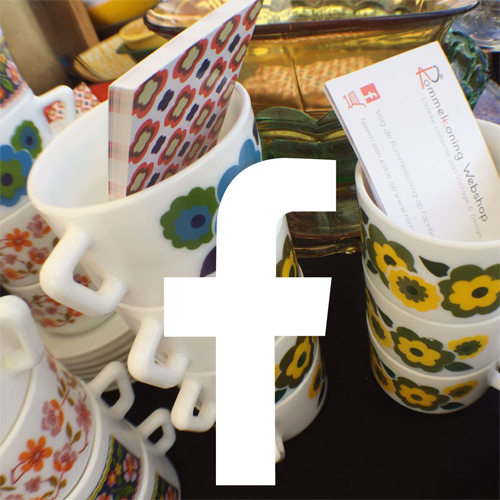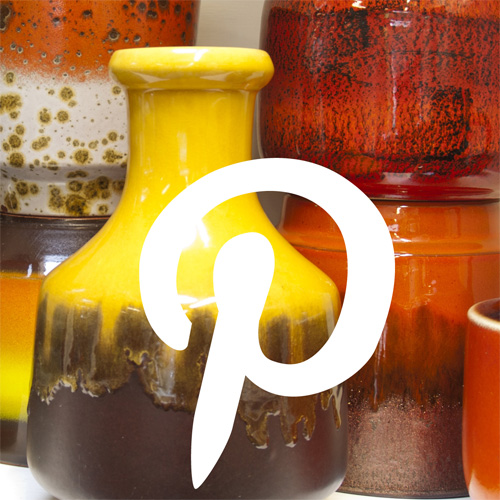Walther Glass
August Walther Glass from
The Glass Encyclopedia
A short explanation of August Walther Glass:
August Walther founded his glassworks in 1888 at Ottendorf-Okrilla near Dresden, and called it August Walther & Sohne AG. They produced a wide range of table ware and ornamental glass, and they are best known for their art deco figurines and designs from the 1930s. They made a version of "Cloud Glass" that is so similar to the Cloud Glass made by Davidson's of England, that for many years it was assumed that Davidson's was the only company who made this kind of coloured glass with contrasting streaks.
We now know that August Walther made Cloud Glass in the 1930s and their name for it was "Oralit". Their colours were different from Davidson's, and that does make it easier to distinguish ORALIT, which was made in sepia, violet, malichit (like the vase shown below on the left), pink, butterscotch, and amber. Sepia and violet were the earliest colours, introduced in 1932, and they are also the most common. Malachit is sometimes called "topaz-purple" by collectors, and this colour was introduced in 1935. Note that the shape of this malachit cloud glass vase is very similar to a shape produced by Bagley Glass in the 1930s and named "Bamboo".
Walther merged with Saxonian Glass company in 1932 and became "Sachsische Glasfabrik August Walther and Sohne AG". They continued with the same production lines. For some reason, in 1937 August Walther registered 18 of their designs with the Patent Office in the UK. This may have been because their designs were being copied, as there are similar designs to Walther's which were made by Bagley Glass in the UK and by Crown Crystal Glass in Australia. There are also Walther's designs which are marked "Belgique" (some Atlas bowls for example).
After WW2 the company was nationalised and became "VEB Sachsenglas", continuing to make many of the same designs from the same molds and export them, principally to England, and in ever-decreasing volumes. By the mid 1960s it had become very difficult for East German companies to export into Western Europe. In addition the original moulds which had been used by August Walther from 1933-1939 were by this time totally worn out, and new moulds would be needed if production of these items was to continue. VEB Sachsenglas decided in 1965 to stop the production of pressed glass from August Walther moulds for these reasons. The company continued to operate until about 1990 when East & West Germany were unified. Most of the glass works in Eastern Germany were closed following unification, and VEB Sachsenglas was one of them.
Over the years Walther must have produced a huge amount of glass, beautiful figurines as well as cloud glass items. They re-opened in West Germany and are well known today operating under the name Mikasa in West Germany. Quality retail and on-line sales companies offer Mikasa glassware, crockery and cutlery. Their label reads MIKASA sometimes with W. Germany added. They also promote their glassware as WALTHER KRISTALLGLAS, and the packaging may be marked "Original Walther Glass". Company catalogues are available, they sometimes turn up on eBay. And just to add to the confusion the name MIKASA is applied to a series of Christmas glassware named "CELEBRATION" and labelled MIKASA Made in Japan. There are also heavy crystal vases like the MIKASA Wyndham vase which was also made in Japan.
Source: https://www.glassencyclopedia.com/
 70s / 80s original Walther Glass kristallen fruitschaal
70s / 80s original Walther Glass kristallen fruitschaalDikwandige schaal / schaaltje van kristalglas gemaakt door Walther Glass. De schaal is ongeveer 18 cm lang. Mooi voor bonbons en snoepjes.
€ 23,50 Walther Glas sierschaal ongebruikt in originele geschenkdoos
Walther Glas sierschaal ongebruikt in originele geschenkdoosIn nieuwstaat verkerende 50s Walther Glas sierschaal, voorzien van merkstickers en gemaakt in relief met 2 kleuren transparant glas. Een sierraad! Ongeveer 23 cm x 23 cm.
€ 65,00 Walther Glas sierschaal ongebruikt in originele geschenkdoos
Walther Glas sierschaal ongebruikt in originele geschenkdoosIn nieuwstaat verkerende 50s Walther Glas sierschaal, voorzien van merkstickers en gemaakt in relief met 2 kleuren transparant glas. Een sierraad! Ongeveer 14 cm x 25 cm.
€ 65,00



